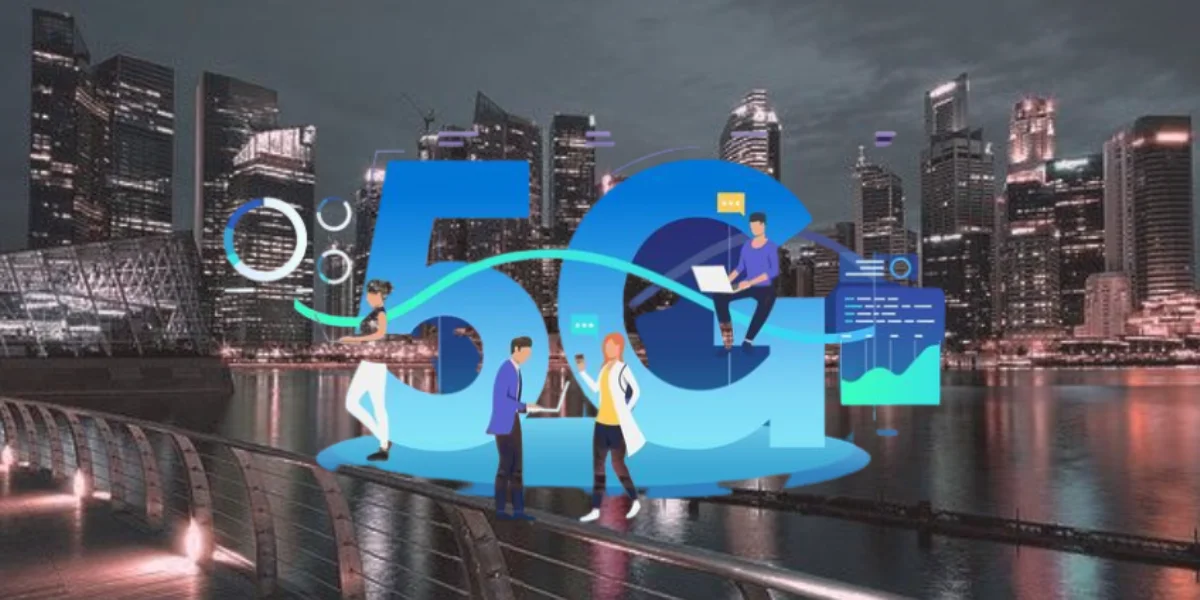
Mobile networks are all set to get upgraded to 5G, which will change the way we connect, communicate, and share data. The update includes all forms of modern infrastructure, mobile connectivity, and technology. It is expected to completely change the speed at which we communicate and will also have an impact on businesses in all sectors. Let us take a sneak peek at how 5G technology is going to be the future of communication.
Why do we need a 5G mobile network?
Due to LTE networks' inability to support the world's increasing reliance on mobile devices, 5G technologies are being introduced. Three or more devices connected to a mobile network are not unusual for consumers. Additionally, the content shared by these devices, such as high-definition photos and videos, is consuming more data.
Other than changes in consumer behavior, several technological advancements also call for 5G networks. For instance, self-driving cars require access to a low-latency network with the capacity to intelligently prioritize network traffic. Deployments of internet of things (IoT) devices in manufacturing, healthcare, and other industries are a general area that needs the support of a 5G network. These devices frequently launch in large numbers. Also, there are sensors and controllers used in manufacturing plants that can’t function on LTE networks.
The dependence of LTE networks on regional points of presence, or POP, is also a shortcoming of the network. In other words, in order to deliver internet, your cell data must travel a great distance. Because the traffic is routed through a local ISP, WiFi-delivered internet has a lower latency. Thus, there is an urgent need for the upgradation of the mobile network.
The Future of Connectivity, Technology, and Data with 5G
As we move from 4G to 5G technology, numerous technological advancements will take place. The data transfer will increase in comparison to 4G, along with the data transfer per user, which will result in a 40-fold decrease in waiting time. Energy use will also be optimized, which will be good for the environment. Thanks to 5G technology advancements, the same network can simultaneously handle a variety of needs, including watching TV and meeting essential needs.
The European Commission estimates that by 2025, the health, energy, transportation, and automotive sectors will benefit from this new technology to the tune of 113 billion euros annually for the European economy.
According to the history of 5G, we have seen an increase in speed every 10 years, and this pattern will continue with 5G. Mobile broadband will be enhanced with 5G and be capable of handling high data rates, boosting speed. Additionally, 5G will bring extremely dependable and low-latency communication, enabling shorter waiting times—ideal for missions that must be completed on time. Along with massive machine-type connectivity and communication, it will be capable of handling connected objects flawlessly.
The biggest difference between 5G and the other technologies is that one network will be in charge of managing all three of these capacities and will be able to take in and deliver the right KPI for every need.
The interactions will change with 5G technology
During the previous technological development, from 1G to 4G, there may have been human-to-human and later human-to-machine contacts. We had human interactions via technology with the development of the 2G and 3G technologies, such as video chats, social networking, and public safety. Then, a significant change already existed in the form of 4G with fixed wireless, human-to-machine communications, healthcare monitoring, or remote surgery.
We now interact more with machines thanks to 5G. For instance, this will enable smart cars to communicate autonomously with one another or at the very least with infrastructure. As a result, industrial automation will be strengthened and video surveillance will become independent of human oversight. Human intervention will become less and less necessary as a result of improved connectivity brought about by 5G technology as machines become more dependable.
5G technology has significant investment from both the public and commercial sectors. In the United States, this is the first year that 5G has seemed like a reality. These days, we have chip makers, modems, cell towers, real estate investment trusts, semiconductors, and smart grids, all of which contribute to the truly substantial transformation that 5G represents and enables some of the revolutionary leaps we've talked about.
Future opportunities for 5G technologies can be found in the following industries: chipmakers, telecom, mobile broadband, cell tower firms, and real estate. We can find the foundations for the 5G revolution in each of these industries.
;


